What is deep learning, and how does it differ from traditional machine learning?
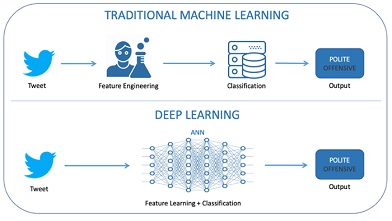
Deep Learning vs. Traditional Machine Learning: Unraveling the Differences
In the world of technology, machine learning and deep learning are two powerful tools with unique approaches in diverse industries. Moreover, these two are part of artificial intelligence and are utilized for solving problems.
Let's delve into what sets them apart and how they shape the landscape of modern AI.
Deep Learning:
As the name implies, deep learning is the most advanced machine learning concept with a subset of artificial neural networks. These networks consist of interconnected layers of nodes that process data, letting the model learn and understand complex patterns.
Deep learning techniques:
It excels at tasks like picture and audio recognition, language processing, and even playing games like Go and chess because it can independently extract hierarchical features from raw input through numerous change layers.
Traditional Machine Learning:
On the other hand, traditional machine learning utilizes a range of algorithms that study data and generate decisions or predictions. These algorithms heavily rely on features retrieved from the data by humans. They frequently entail operations like feature selection, model training, and data preprocessing utilizing methods like decision trees, random forests, support vector machines, and others. Traditional machine learning techniques are effective in fields where feature engineering is feasible and for structured data.
Key Differences
1. Feature Extraction:
- Deep Learning: The most unique and standout feature is its ability to learn pertinent features from raw data automatically. Due to this, the requirement of manual feature engineering has been reduced, making it particularly valuable when dealing with unstructured data like images, audio, and text.
- Traditional Machine Learning: Feature engineering is a crucial stage in machine learning. To enable practical model training, experts must manually create relevant features from the data. It takes time and requires domain knowledge to complete this process.
2. Architecture:
- Deep Learning: In Neural networks, deep learning allows them to learn intricate representations and abstractions of data. Convolutional Neural Networks (CNNs) for images and Recurrent Neural Networks (RNNs) for sequences are common architectures.
- Traditional Machine Learning: Deeper models are frequently used in conventional algorithms. They rely on mathematical formulations and decision-making procedures to discover patterns and links within the data.
3. Data Requirements:
- Deep Learning: Big datasets are ideal for deep learning models. The complex architectures and multiple parameters mandate substantial data to generalize effectively and evade overfitting.
- Traditional Machine Learning: In traditional models, data can perform well with limited datasets. In this model, they are less likely to encounter overfitting issues.
4. Scalability:
- Deep Learning: Deep learning models may require a lot of processing and specialized hardware, such as GPUs or TPUs, to manage the massive computations necessary for model training.
- Traditional Machine Learning: Traditional models can run on standard hardware and are less computationally intensive.
5. End-to-End Learning:
- Deep Learning: Deep learning models excel at end-to-end learning, where real outcomes are obtained immediately after raw data input. For instance, when a picture is fed into a neural network, the network instantly generates a classification label.
- Traditional Machine Learning: Traditional methods frequently use multi-step pipelines with distinct stages for feature engineering, data pre-processing, and model training.
Choosing the Right Approach
The choice between deep learning and traditional machine learning is based on several factors:
- Data Type: Deep learning is usually utilized for unstructured data like images, audio, and text, while traditional machine learning can excel with structured data.
- Dataset Size: Deep learning may be more suitable if you have a massive dataset because of its ability to manage vast amounts of data.
- Resources: Consider your hardware and budget; deep learning takes significant processing resources.
- Interpretability: If interpretability is crucial (as in medical diagnosis), traditional machine learning's transparent models might be preferable.
Conclusion:
Traditional machine learning and deep learning are two sides of the same AI coin, both with their advantages. By understanding their differences, you can make informed decisions to solve diverse challenges and shape the future of artificial intelligence.
Find a course provider to learn Deep Learning
Java training | J2EE training | J2EE Jboss training | Apache JMeter trainingTake the next step towards your professional goals in Deep Learning
Don't hesitate to talk with our course advisor right now
Receive a call
Contact NowMake a call
+1-732-338-7323Enroll for the next batch
Deep Learning Hands-on Training with Job Placement
- Dec 10 2025
- Online
Deep Learning Hands-on Training with Job Placement
- Dec 11 2025
- Online
Deep Learning Hands-on Training with Job Placement
- Dec 12 2025
- Online
Related blogs on Deep Learning to learn more
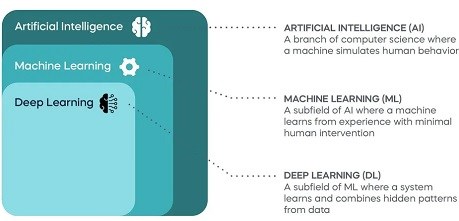
How will the Deep Learning Landscape Change in the Next Five Years?
Deep learning is an emerging technology in AI for its standout features and applications. However, there are different opinions on deep learning capabilities based on the industries. Based on the various research on Geoffrey Hinton, all complex probl
Latest blogs on technology to explore

From Student to AI Pro: What Does Prompt Engineering Entail and How Do You Start?
Explore the growing field of prompt engineering, a vital skill for AI enthusiasts. Learn how to craft optimized prompts for tools like ChatGPT and Gemini, and discover the career opportunities and skills needed to succeed in this fast-evolving indust

How Security Classification Guides Strengthen Data Protection in Modern Cybersecurity
A Security Classification Guide (SCG) defines data protection standards, ensuring sensitive information is handled securely across all levels. By outlining confidentiality, access controls, and declassification procedures, SCGs strengthen cybersecuri
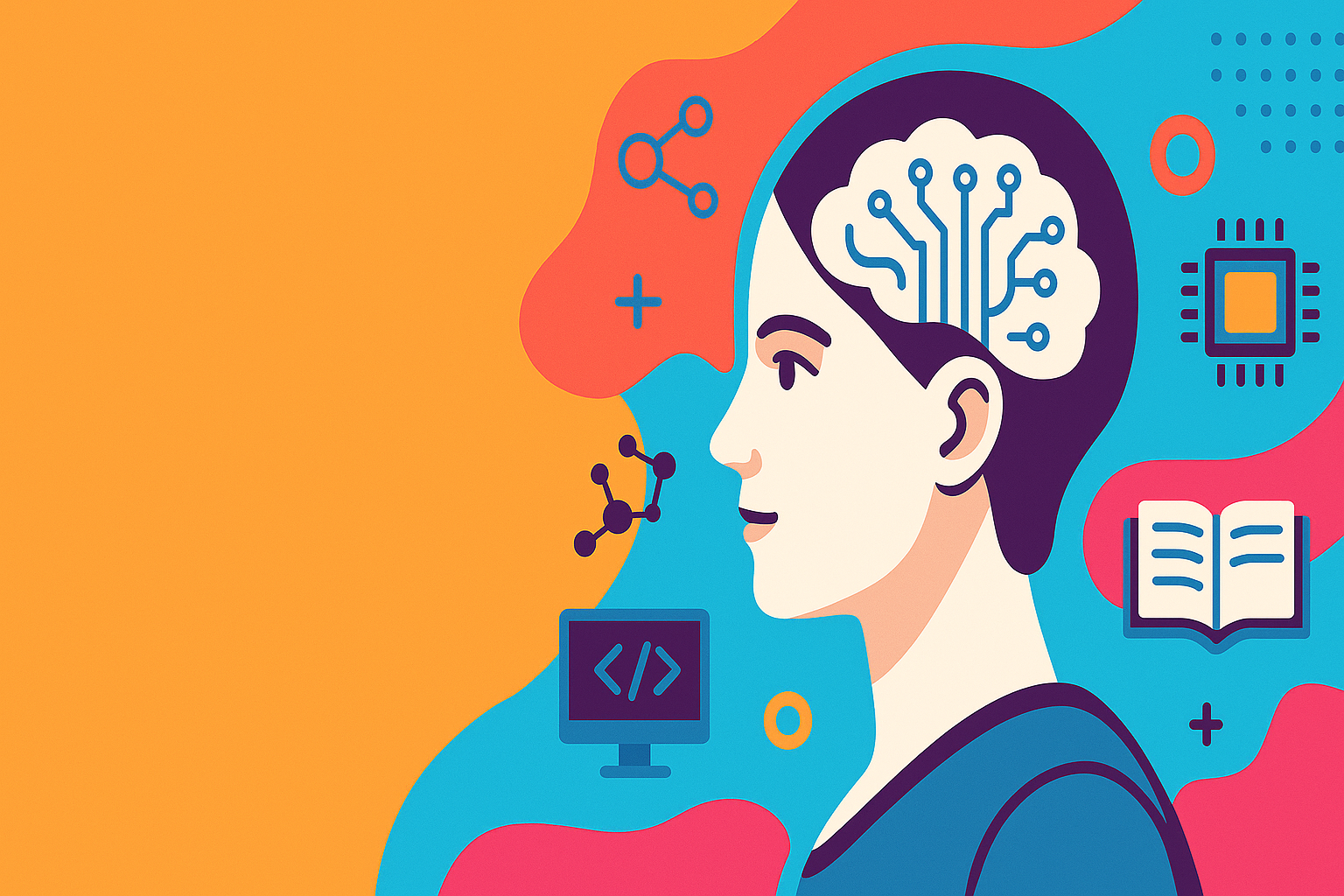
Artificial Intelligence – A Growing Field of Study for Modern Learners
Artificial Intelligence is becoming a top study choice due to high job demand and future scope. This blog explains key subjects, career opportunities, and a simple AI study roadmap to help beginners start learning and build a strong career in the AI

Java in 2026: Why This ‘Old’ Language Is Still Your Golden Ticket to a Tech Career (And Where to Learn It!
Think Java is old news? Think again! 90% of Fortune 500 companies (yes, including Google, Amazon, and Netflix) run on Java (Oracle, 2025). From Android apps to banking systems, Java is the backbone of tech—and Sulekha IT Services is your fast track t
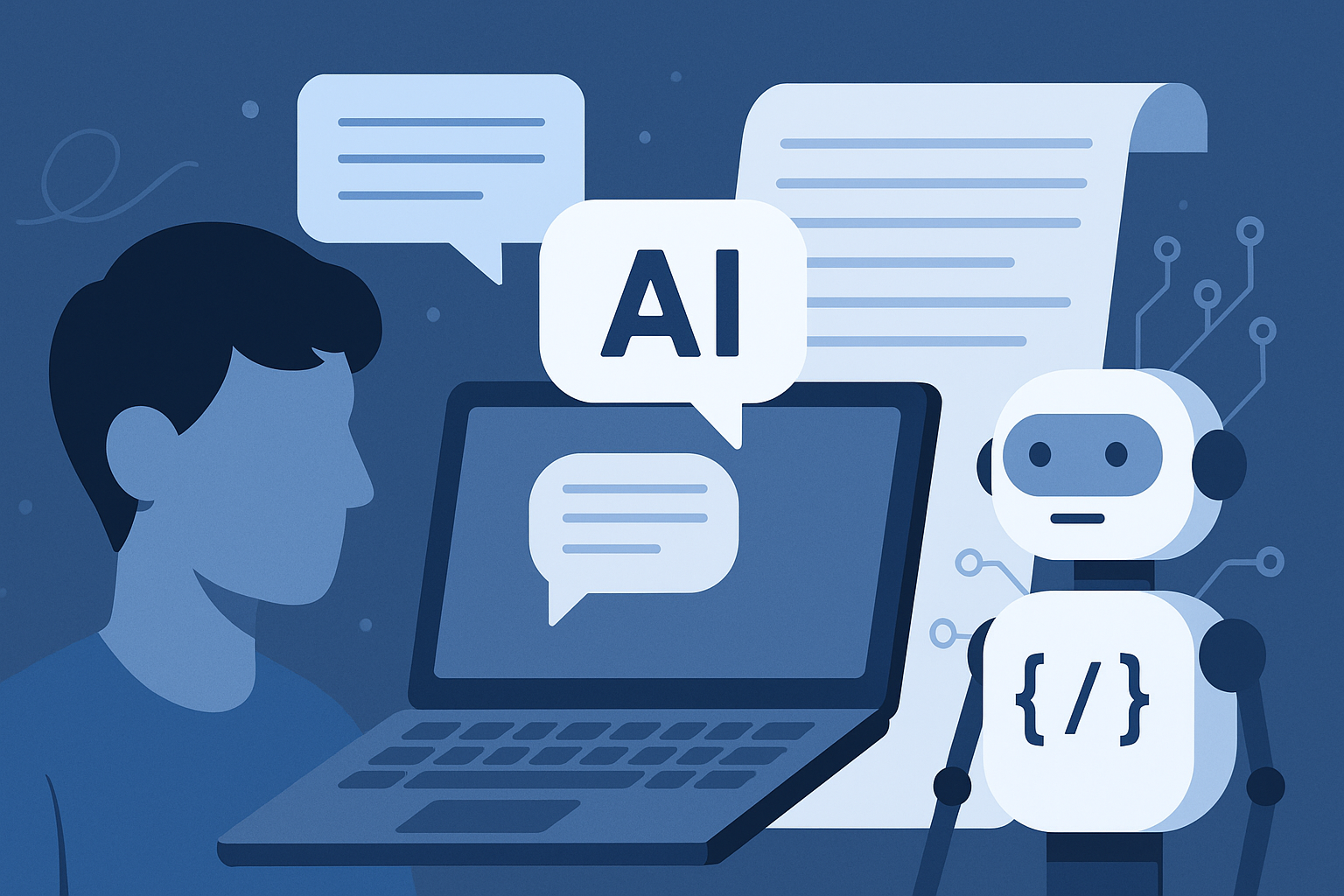
From Student to AI Pro: What Does Prompt Engineering Entail and How Do You Start?
Learn what prompt engineering is, why it matters, and how students and professionals can start mastering AI tools like ChatGPT, Gemini, and Copilot.

Cyber Security in 2025: The Golden Ticket to a Future-Proof Career
Cyber security jobs are growing 35% faster than any other tech field (U.S. Bureau of Labor Statistics, 2024)—and the average salary is $100,000+ per year! In a world where data breaches cost businesses $4.45 million on average (IBM, 2024), cyber secu

SAP SD in 2025: Your Ticket to a High-Flying IT Career
In the fast-paced world of IT and enterprise software, SAP SD (Sales and Distribution) is the secret sauce that keeps businesses running smoothly. Whether it’s managing customer orders, pricing, shipping, or billing, SAP SD is the backbone of sales o

SAP FICO in 2025: Salary, Jobs & How to Get Certified
AP FICO professionals earn $90,000–$130,000/year in the USA and Canada—and demand is skyrocketing! If you’re eyeing a future-proof IT career, SAP FICO (Financial Accounting & Controlling) is your golden ticket. But where do you start? Sulekha IT Serv

Train Like an AI Engineer: The Smartest Career Move You’ll Make This Year!
Why AI Engineering Is the Hottest Skillset Right Now From self-driving cars to chatbots that sound eerily human, Artificial Intelligence is no longer science fiction — it’s the backbone of modern tech. And guess what? Companies across the USA and Can
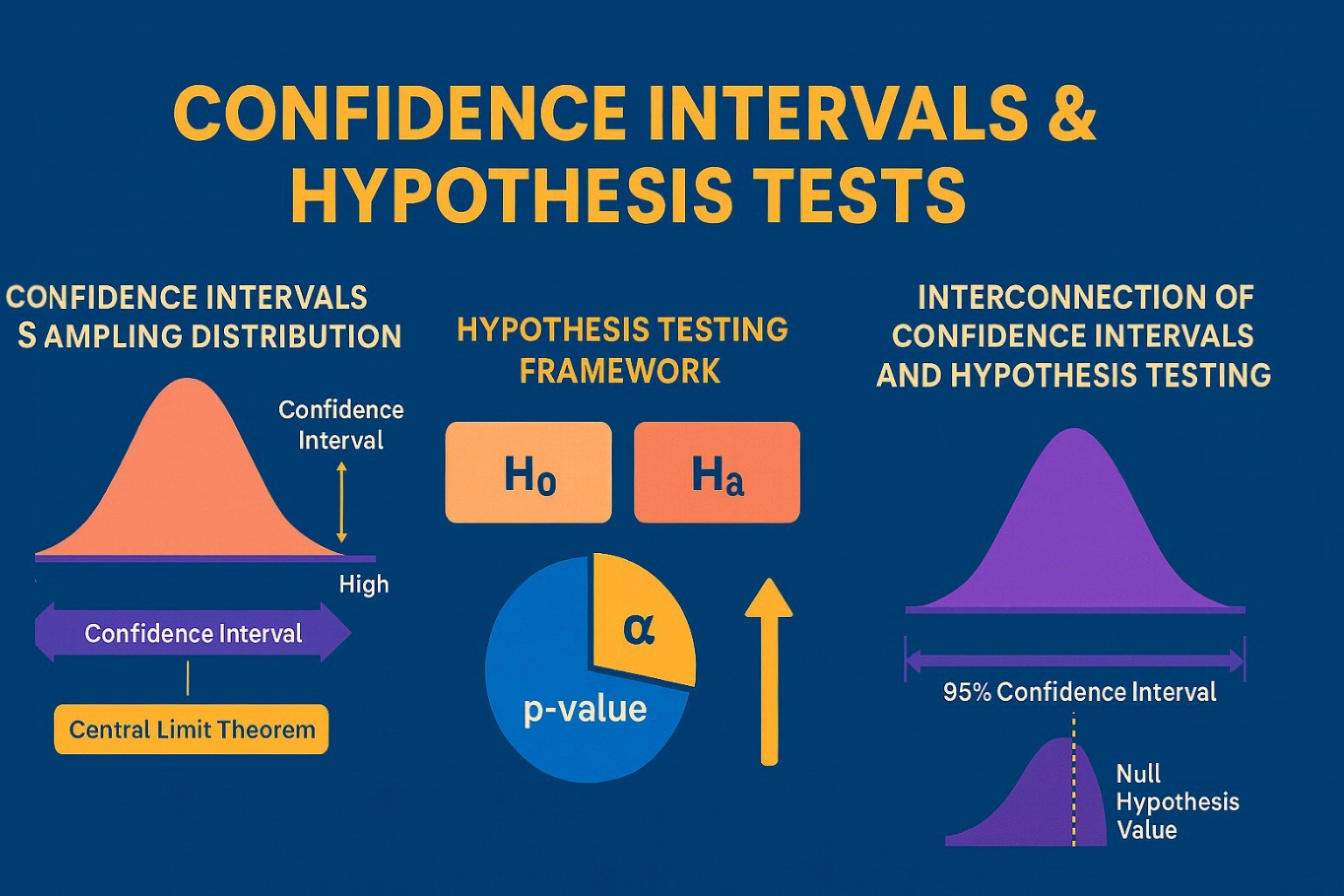
Confidence Intervals & Hypothesis Tests: The Data Science Path to Generalization
Learn how confidence intervals and hypothesis tests turn sample data into reliable population insights in data science. Understand CLT, p-values, and significance to generalize results, quantify uncertainty, and make evidence-based decisions.